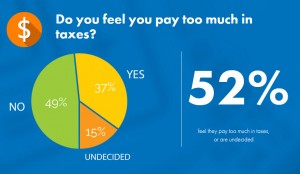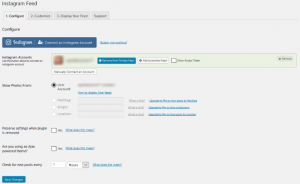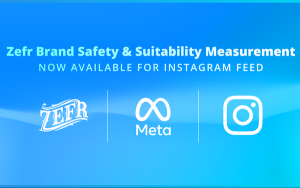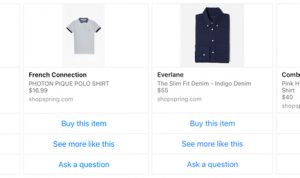by Laurie Sullivan, Staff Writer @lauriesullivan, October 7, 2016
 Consumers will give brands — even those they love — limited attention, yet the amount of content and the demand for attention from brands continues to rise.
Consumers will give brands — even those they love — limited attention, yet the amount of content and the demand for attention from brands continues to rise.
The average number of images and video that brands created and posted in the past 12 months in free social media and paid media channels rose three times compared with the prior 12 months, according to a report from Beckon, which manages data.
One consumer brand created 29,000 pieces of original content for one region, more than triple the previous year. Another retailer created 50,000 original content assets for the U.S. market, again up from the previous year.
It makes sense that to drive engagement, brands need to make sure the content they put in front of people is relevant to their interests. Adam Weinroth, CMO of OneSpot, a content marketing technology provider, “They have infinite choice and complete control, so there’s simply no reason for them to spend their time and attention with anything that isn’t personally relevant to them,” he said.
The biggest issue here is that just 5% of that branded content garners 90% of total consumer engagements. The other 95% shares the remaining 10% of engagements. In other words, 19 out of 20 content pieces get little to no engagement, according to the report.
Luke Kintigh, global content and media strategist at Intel, manages an internal publication called Intel IQ. He sees the same trend. “When we launched IQ in 2012, we had lofty goals to produce content frequency and move away from producing assets that last 13 weeks,” he said. “At one time we produced about 60 posts per day.”
As they produced increasingly more content, Intel IQ did not see an increase in traffic. Similar to the stats from Beckon’s study, engagement was flat. Kintigh said producing that much content forced the distribution and quality to suffer.
“In a world where budgets and time were flat, we needed to find a way to get more impact per story and content,” he said.
The team eventually reduced the amount of content to between 30 and 35 articles monthly, and had much better results. In fact, the engagement rate rose three to four times, Kintigh said.
He said the publisher distributes that content across seven to 10 channels and based on the data shifts budgets to the channels that work best. Only 10% of the content drives about 90% of the performance. “When you move to optimize quickly, you’re able to pivot and double down on the winning content and away from those not performing pieces to get the most from the budget,” he said.
MediaPost.com: Search Marketing Daily
(91)








